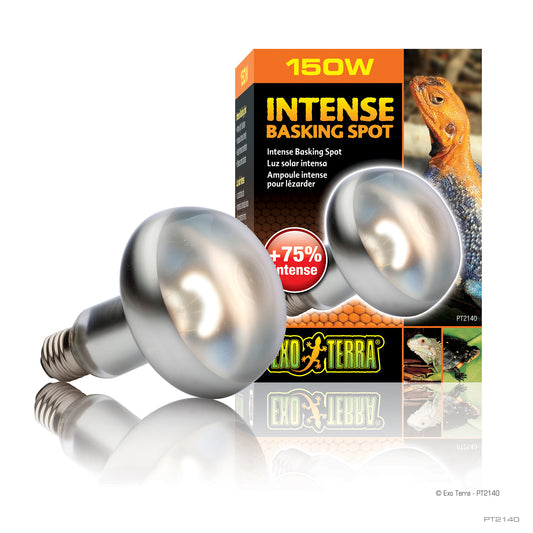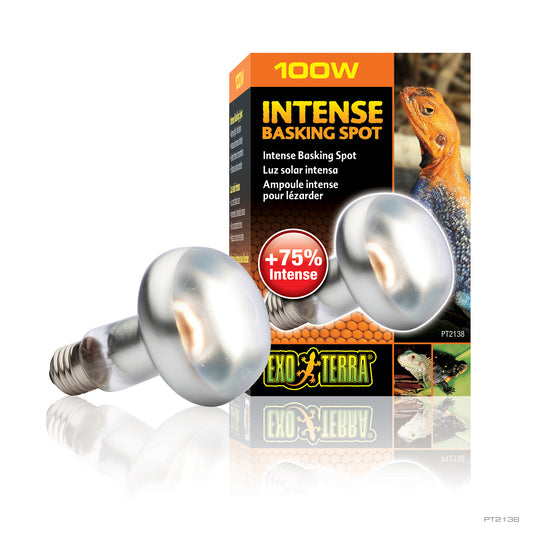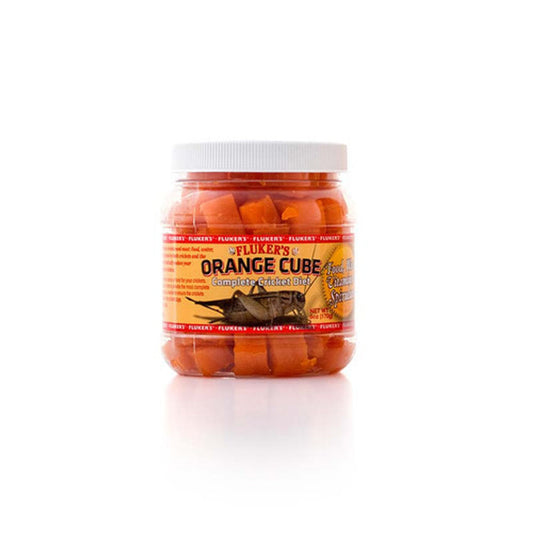
Tarantulas, renowned for their mysterious allure, come in various captivating species such as the Pink Toe and Red Knee. These arachnids have captured the curiosity of enthusiasts with their unique characteristics and enigmatic behaviors. In this article, we delve into the details of Pink Toe and Red Knee tarantulas, from their natural habitat to essential care guidelines for keeping these exotic creatures.
General Description: Pink Toe and Red Knee tarantulas are well-known for their striking appearance. The Pink Toe tarantula (Avicularia species) exhibits vibrant hues and a distinct pink toe appearance, while the Red Knee tarantula (Brachypelma smithi) boasts a contrasting black body with vibrant red or orange knees.
Life Span: With proper care and an appropriate environment, Pink Toe tarantulas can live for around 5 to 10 years, while Red Knee tarantulas have a longer lifespan of approximately 20 to 30 years in captivity.
Natural Habitat: Pink Toe tarantulas are primarily found in tropical rainforests of South America, while Red Knee tarantulas inhabit arid regions of Mexico. They prefer habitats with specific temperature and humidity conditions.

Average Size: Fully grown Pink Toe tarantulas have a leg span ranging from 4 to 5 inches (10 to 13 cm), while Red Knee tarantulas can reach a leg span of 5 to 6 inches (13 to 15 cm).
Enclosure Size: A suitable enclosure for these tarantulas should provide ample space for movement. A 5 to 10-gallon tank is recommended for young spiders, while adults require a 10 to 20-gallon tank. Providing hiding spots and climbing elements enriches their environment.
Temperature and Humidity Requirements: Pink Toe tarantulas prefer a temperature range of 75°F to 82°F (24°C to 28°C) with moderate humidity levels around 60% to 70%. Red Knee tarantulas thrive in temperatures ranging from 70°F to 80°F (21°C to 27°C) with humidity around 50% to 60%.
Substrate and Bedding: Use a suitable substrate such as coconut coir or peat moss to maintain appropriate humidity levels and allow for burrowing. A substrate depth of around 2 to 4 inches is recommended.
Toxic Substances: Toxic substances must be kept away from tarantulas, including:
- Chemicals and pesticides: These can be harmful if they come into contact with the tarantula's sensitive exoskeleton.
- Toxic plants: Avoid placing toxic plants in the enclosure, as tarantulas may accidentally ingest them.
-
Also avoid essential oils or aerosol sprays/household cleaners containing chemicals and harsh scents. Candles and scented candles or wax melts should be avoided.
-
Avoid exposure to sunlight, drafts, and Teflon or non-stick cookware and appliances. Only clean cages with water and vinegar or mild dish soap.”

Fun Facts:
- Pink Toe tarantulas are skilled climbers and may frequently be found hanging upside down from their enclosures.
- Red Knee tarantulas have a unique defense mechanism called "urticating hairs," which they kick off their abdomens to deter predators.
- Tarantulas molt as they grow, shedding their exoskeleton to reveal a larger and more vibrant one.
- These arachnids are relatively docile and are often kept as pets by enthusiasts who appreciate their low-maintenance nature.
Pink Toe and Red Knee tarantulas offer a captivating peek into the realm of arachnids, captivating enthusiasts with their distinctive appearances and intriguing behaviors. By adhering to proper habitat conditions, temperature, and humidity, tarantula keepers can ensure the well-being of these remarkable creatures, fostering an enduring fascination with these extraordinary arachnids.






